Maxim Arzumanyan
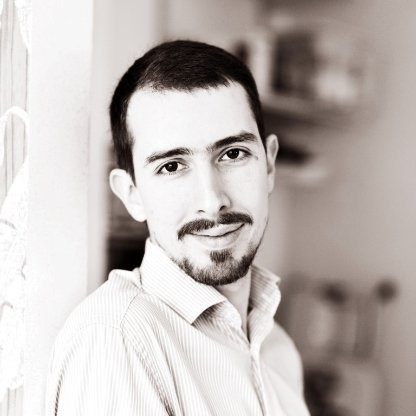
Maxim Arzumanyan
Leadership is stepping forth on the management arena
Major demand for leadership as a managing approach was generated during transition stage from planned to market economy and later on to innovative economy in some segments. In the first case the task was to redistribute resources and administration, in the second to focus on client and quality and in the third to create environment which promoted development and implementation of new unconventional solutions.
It was obvious that people couldn’t be “ordered” to come up with a couple of innovative solutions by the end of the day. Administering as a managing style along with conventional role of director remain relevant in limited areas and on limited scales.
One more leadership driver is the constant need to overcome changes. In business literature there is a term “ongoing transformation” which implies not just regular improvements but deep and continuous reforming.
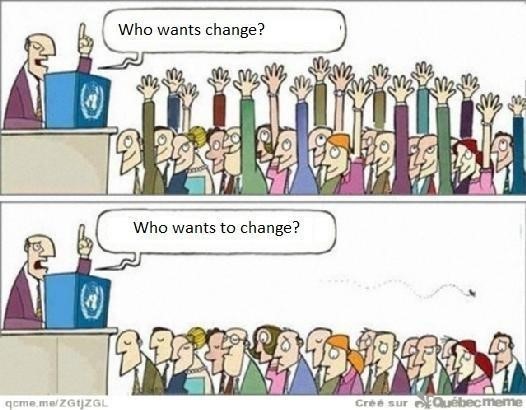
People want change but very few are actually willing to “transform continuously”.
Ultimately, very few people want to change and go outside their comfort zone. They welcome changes but very few are actually willing to “transform continuously”. Unconsciously, they expect changes to come from somewhere outside.
For this reason we should be talking about leadership not in terms of some abstract “bright ideal”, but as a vital and pressing necessity in economics and management. Legions of leaders are to be distributed around various fields and to guide us all through turbulence caused by technological, economical, social, environmental and political factors of our days.
Leadership is the way to influence those who we can’t command, [1] that can encourage people to change and stir their thirst for life, growth and renovation.
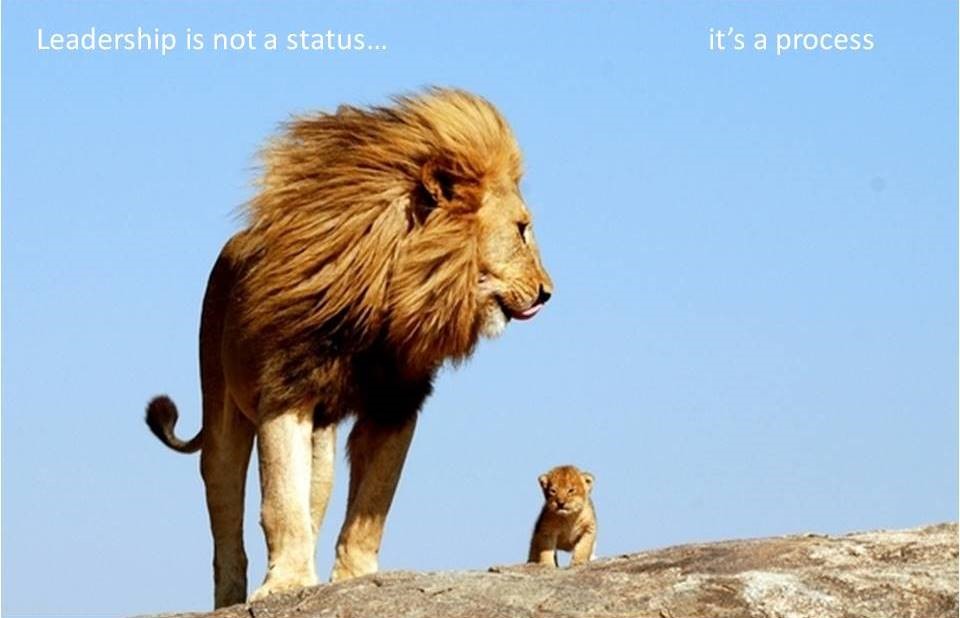
“Leadership enables us to affect what we can’t command directly”. – Jamshid Gharajedaghi. Managing Chaos and Complexity
The significance of leadership as a management phenomenon is confirmed by the International Organization for Standardization (ISO) which included “Leadership” and “Involvement of people”—two interconnected principles—in the list of eight quality management principles in ISO 9000 standards [2]. In Russia this international standard lays the foundation for national standards.
Leadership for city transformation
In terms of the city, it is crucial not only to promote investment from outside, but as much as possible to facilitate inner city potential. This potential is paramount, it defines how attractive the city is in terms of investment and how lively is its environment and if it is able to receive and make use of investment and also propel reproduction.
Transition to a new technological wave (the third industrial revolution) calls for the redistribution of labor [3] and paves the way for such trends like the everyone to everyone economy, the household as active economy subject, the increased role of “horizontal communities”, the transition to managing a city as a multi-intelligent system, etc. The question is how would a regular city get there? Obviously, this is the path that is going to require everybody’s effort, that cannot be covered “by accident” and will take a team of leaders to guide the city along.
That is no easy way since such transition stages in history are commonly associated with resistance, feuds and high risks.
Nowadays there is more talk of agglomeration rather than city, as of a unification of city and its adjacent territory into a single body. The “city” as such becomes more flexible in terms of its territory and is not restricted either by administrative borders or institutions. Agglomeration is most commonly governed in a “soft” rather than “direct and centralized” manner. In order to make coordinated decisions it is necessary to establish relationships and come in agreement with a great number of municipalities. In particular, such multi-intelligence requires principles of adaptive management [4] and intellectual leadership to be implemented.
The role of a leader
The authority of a leader is especially crucial during the transition to a more conscious social-economic stand of each citizen, which is vital for modern Russia. One day we would love to see a high level of awareness and self-organization in society propelling new social, economic and community human-centric models. But to make this happen one should “kill the dragon in each one of us” [5].
People need to have faith, and this faith can be inspired by a real person (or/and a team) who will exemplify a tireless, successful fighter for ongoing growth and improvement. Only such efforts can move us up to distributed leadership, which corresponds to a more mature governing practice and human awareness.

To move up to self-organization one should “kill the dragon within each one of us”. – (Evgeny Lvovitch Schwartz, The Dragon)
Leadership requires publicity and openness of the leader and his or her team. Leaders need to establish and preserve the atmosphere of trust and fruitful cooperation. The atmosphere of trust and a long-term perspective—these are the indispensable conditions for sustainable development, encouraging everyone to invest in education and create “learning city” (similar to the Learning Organization by P. Senge [6]).
Creating an environment that encourages constant life-long learning and the growth of each citizen is one of the key values of Living Cities [7].

Long-term perspective is a key condition for innovative development and the leader should sponsor it, creating the atmosphere of trust.
Inner sources of competitive advantages
Synergy of harmonious interaction of different counterparts can potentially benefit the city on a much bigger scale than organizations. The city unites players that as a rule are poorly coordinated and hardly understand each other. Moreover, their aims constantly change depending on numerous external factors. Dynamic complexity has to be taken into account by the leaders when they design a managing system.
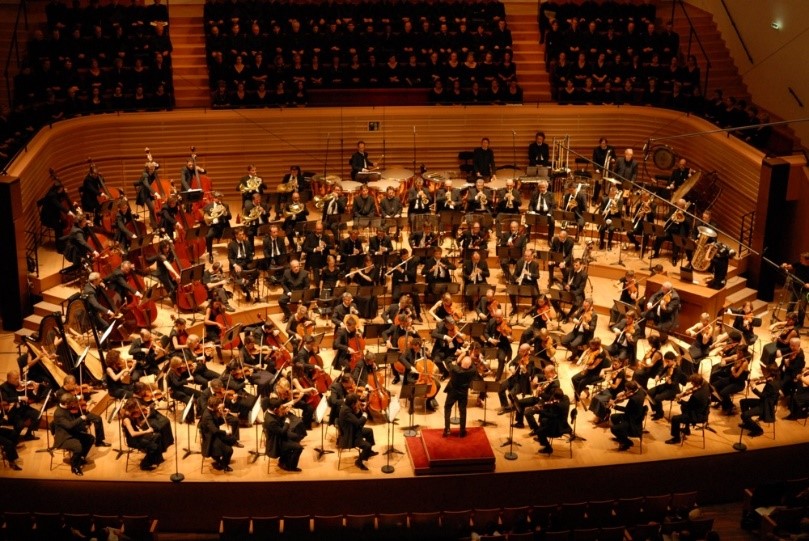
The city’s synergy potential and probability of emergent traits is much higher than that of a traditional organization.
Imagine if representatives of authority, business, city communities, education and science “sat at one table” (today it’s more appropriate to say “gathered in the same space”), applied Design Thinking, and came up with solutions to complex problems, promptly responding to modern challenges. For example the “Wonder-full Lab” company uses methods and techniques of design thinking for city planning and local and international experience of such projects [8].
You find it hard to believe? But what prevents that? The difficulty on the one hand is to do with the stereotypical way of thinking of an average citizen, and on the other, with the poor ability of people to come to agreements and find solutions that can benefit all. The role of a leader in this case is to dissolve the bounds of misunderstanding and to create an environment where the different parties involved can come together to solve common complex tasks. Such an environment has a tremendous value and makes up city’s potential.
Mission, strategy and values
We can only unite “in the name of something”, because “if one does not know to which port one is sailing, no wind is favorable” (Seneca). The city should see itself as a part of an overall system—the network of cities. Considering this as well as external trends, drivers and challenges, the city has to work out its unique mission and development strategy based on its values and priorities. Apart from that, according to Svyatoslav Murunov, the future has to be shaped taking into account the city’s past, preserving its continuum, values and historic assets (“The most underestimated cities’ potential—it’s their history”, S. Murunov) [9].
One more crucial leader’s task is to constantly adjust the policy and governance responding to changing a environment. It is strategic efficiency that is paramount nowadays, coming ahead of operational excellence. That’s why we need a team of leaders that are going to respond to shifts in the external and internal environment, identify risks and opportunities, involving others in decision making and guide realization of what has been decided.
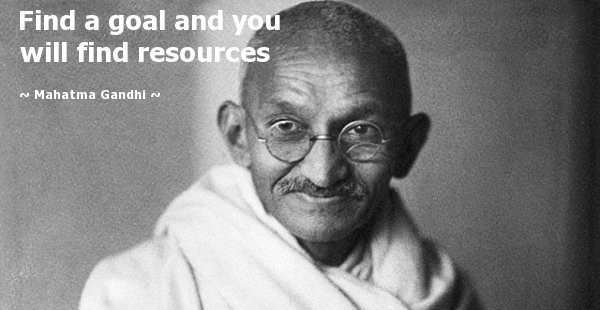
“If one does not know to which port one is sailing, no wind is favorable.”
Accuracy / Precision governing
Apart from leadership some tasks require engineering management methods that are aimed at modeling and directing complex systems for effective use of resources and information technologies in particular.

Simplification of complexity of reality is fraught with lots of fooleries.
Organizations and city management have a number of differences and not all principles and practices can be reused. The city is a more complex system in many respects, including the fact that it unites a lot of groups and organizations with controversial aims and values. Nevertheless, there are areas of management such as Enterprise Architecture and Business Engineering where modern methods and approaches based on System Engineering and System Thinking can be very beneficial for the city.
For instance, the development of electronic services for the Canadian government [10] or alignment of work of different bodies of city administration for Lappeenranta city [11], etc. Based on a Systems Engineering approach these disciplines have been actively developing in the field of state governing for more that 20 years and provide management precision and formalization [12].
Conclusion
Consolidating different interested parties around modern challenges is no easy task, but one with a tremendous potential for the city. Unique solutions to various problems are going to make up city’s intellectual asset and could become a vendible “product”, the source of which is inexhaustible.
An environment that encourages people to contribute, to join others and come up with new solutions itself becomes a competitive advantage. It makes the city appealing to human capital, while up-to-date managing approaches and methods such as Business Engineering and Enterprise Architecture will enable leaders to direct development under dynamic circumstances in a more precise, efficient and relevant way.
References
- Jamshid Gharajedaghi. Managing Chaos and Complexity Systems Thinking, Third Edition: Managing Chaos and Complexity: A Platform for Designing Business Architecture. Elsevier, 2011
- ISO 9000 standards [http://www.iso.org/iso/home/standards/management-standards/iso_9000.htm]
- Petr Shedrovickii. “There should always be someone who wants to devote his life to knowledge” [http://glagol38.ru/text/10-12-2015/petr_shedrovickii]
- Ackoff R. Re-Creating the Corporation: A Design of Organizations for the 21st Century // Oxford University Press, 1999.
- Evgeny Lvovitch Schwartz, The Dragon. [http://a7sharp9.com/dragon.html]
- Senge Peter, The Fifth Discipline: The Art and Practice of the Learning Organization, 2006
- Living cities—an open community in Russia [https://www.facebook.com/groups/1000gorodov/]
- http://wonder-full.ru/
- http://7×7-journal.ru/item/58275
- Service System Science, Editors:Kijima, Kyoichi, 2015
- Enterprise Architecture for Coherency Management – case of the city of Lappeenranta
- Wikibook: Enterprise Architecture
About the Author
Maxim Arzumanyan, Researcher and lecturer at Saint-Petersburg State University of Telecommunications, Board member at Global University Alliance, Founder and director at EA Lab
Maxim Arzumanyan is a researcher and a lecturer at Saint-Petersburg State University of Telecommunications developing and running new academic courses on management and business informatics. Author of more than 30 publications including student books used by a number of universities in Russia. Contributor to The Complete Business Process Handbook (Elsevier, 2014). Founder and director of inter-university center of excellence on Enterprise Architecture (EA) “EA Lab” (2014–now). Creating an ecosystem for sustainable quality improving of education and research in the field of EA in Russia. Maxim has taken part in such projects as business transformation, Enterprise Architecture methodology development and implementation, IT-strategy development and BPM implementation in different roles including project manager and project architect. Board member at Global University Alliance (world-wide association of EA researches and practitioners) and curator of Russian region.
Additional information:
- LinkedIn profile (eng): https://www.linkedin.com/profile/view?id=162521258
- Personal webpage (rus): http://arzumanyan.com.ru/
- Professional blog (rus): http://arzumanyan.com.ru/feed/
- EA Lab web portal: http://ealab.org/
- Global University Alliance: http://www.globaluniversityalliance.net/about-us/
